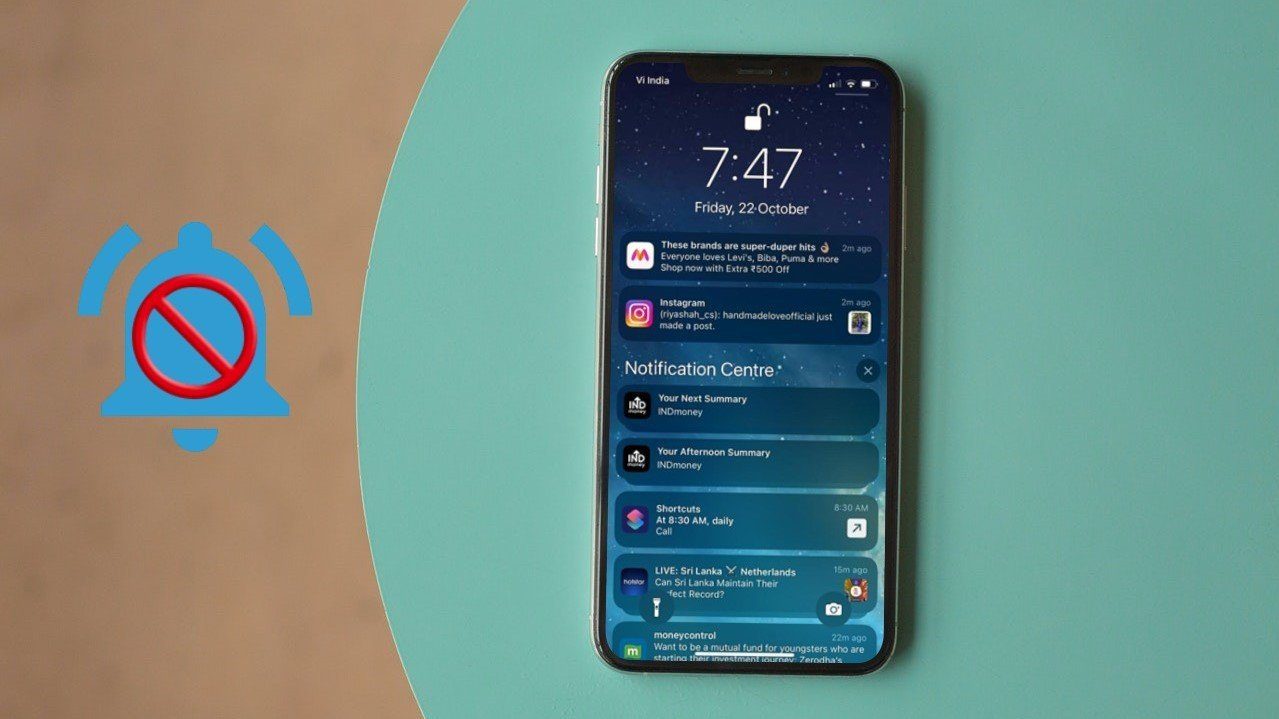

There are ones that you can configure and disable at the OS level, and others that operate on an app-to-app basis.įor example, some websites will ask you if you want to receive push notifications through your browser: An example of a website push notification request It’s important to understand that, in most cases, push notifications work in two ways. If you use Windows or macOS computers, you’ll also see these elements regularly. Push notifications aren’t limited to mobile devices.

On mobile devices, for example, push notifications appear when you receive text messages or when an application needs your attention: An example of a push notification on iOS Push notifications are pop-up messages that show up on your devices to provide quick notices. However, you will have to repeat the steps for every app you want to turn off.Tired of dealing with non-stop pop-up messages across your devices? 💥 Read this👇 Click to Tweet Prefer to watch the video version? This will turn off every kind of notification from that app.

You can find it by swiping down from the middle of your home screen and typing Settings in the search bar at the top of your screen. This is the app with the gear-shaped icon that came with your iPhone. You will have to repeat this process for each app you want to turn off. Then select an app and turn off the slider next to Allow Notifications. To stop receiving notifications from an app on your iPhone, go to Settings > Notifications. How to Turn Off Notifications on Your iPhone Here’s how to turn off all notifications on your iPhone, clear them from your lock screen, and hide all your old notifications. If you’re constantly being distracted by a flood of notifications from apps you don’t even use anymore, there are several ways to stop them. While some push notifications are vitally important, most of them are just annoying.


 0 kommentar(er)
0 kommentar(er)
